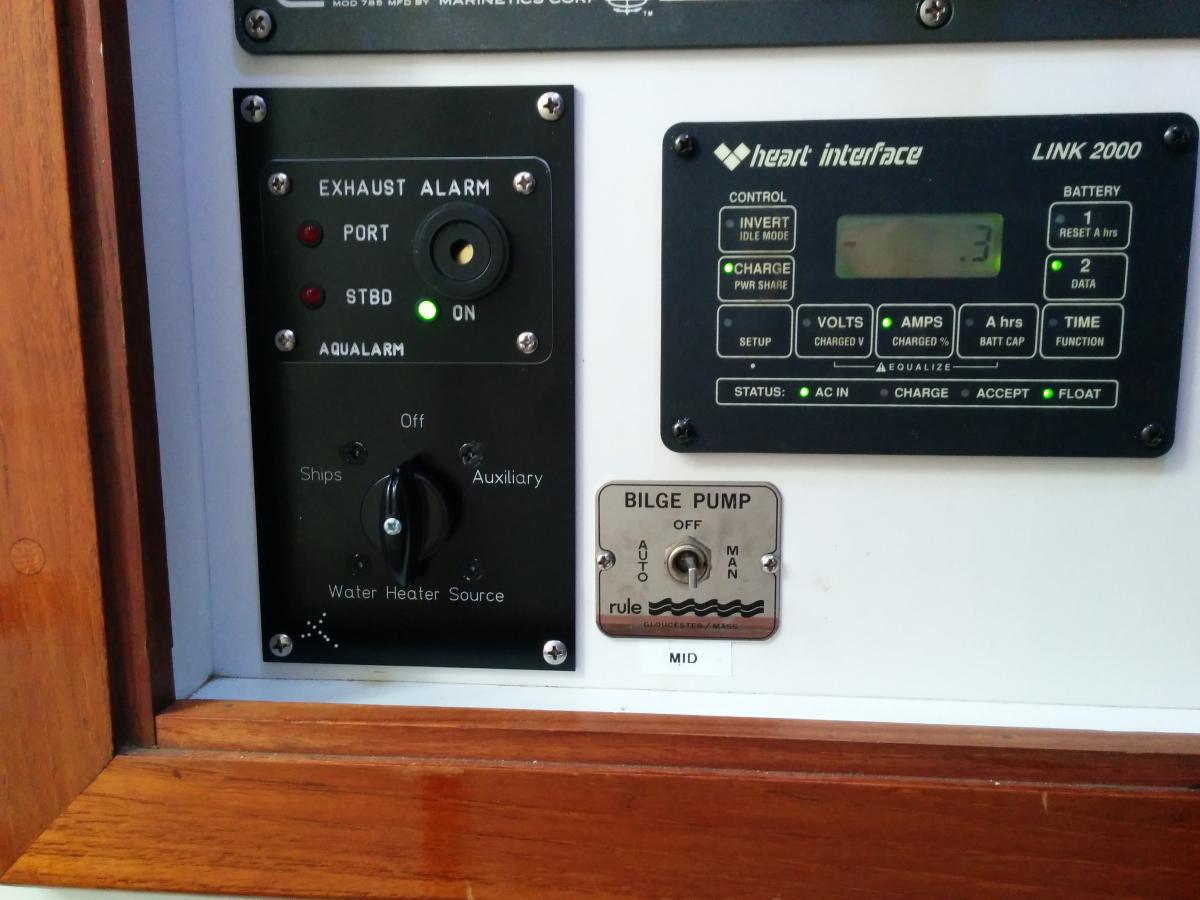STB
Guru
Hi all,
I'd like to set the wiring up so that my forward air conditioner can't run when either my stovetop or microwave/oven are in use.
In particular, I want to break the connection to the HVAC unit as soon as either device is turned on -- but delay by 5 or so minutes before turning it back on. This way, I don't short-cycle the HVAC unit as the thermostat turns the stove or oven on-and-off or as a human checks/stirs-and-resets the microwave.
I feel like others have solved this problem -- but the threads I was able to find didn't involve the time delay part.
Does anyone know of an appropriate relay to use?
Many thanks!
EDIT: I'd originally posted with one idea, but upon a more careful look at the spec sheet, I realized the time delay wouldn't work the way I want. I want the NC output to break immediately, but to delay coming back on. :-(
I'd like to set the wiring up so that my forward air conditioner can't run when either my stovetop or microwave/oven are in use.
In particular, I want to break the connection to the HVAC unit as soon as either device is turned on -- but delay by 5 or so minutes before turning it back on. This way, I don't short-cycle the HVAC unit as the thermostat turns the stove or oven on-and-off or as a human checks/stirs-and-resets the microwave.
I feel like others have solved this problem -- but the threads I was able to find didn't involve the time delay part.
Does anyone know of an appropriate relay to use?
Many thanks!
EDIT: I'd originally posted with one idea, but upon a more careful look at the spec sheet, I realized the time delay wouldn't work the way I want. I want the NC output to break immediately, but to delay coming back on. :-(
Last edited:

